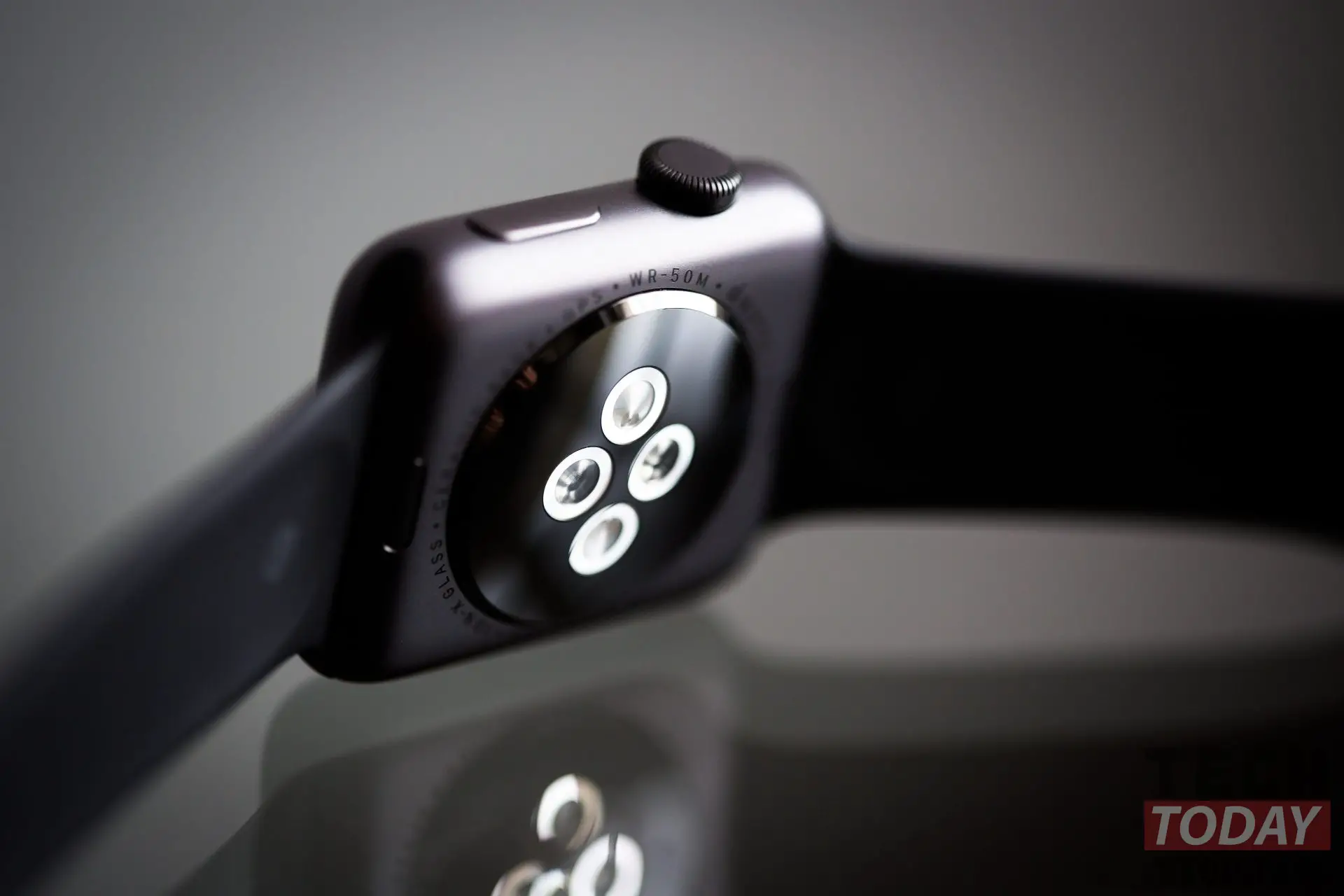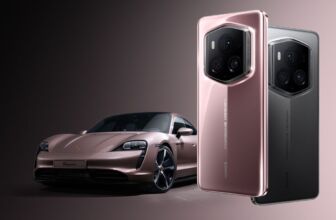
The market of w is constantly expanding and companies like OnePlus they are focusing a lot in this sector. However, this world is still to be discovered and science is making progress year after year, especially when it comes to charging devices. We have seen how it will be possible to make the wearable thanks to the heat of the body. But what if scientists take even further steps? For example recharge the batteries thanks to radio waves? It seems that they have already succeeded.
Smartwatch and smartband: the wearables of the future will count on a virtually infinite battery thanks to charging via radio waves
Radio waves are all around us, there is no doubt about that. They are also what microwave ovens or other devices produce when they are used. But a certain amount is dispersed in the air without being used. These are not only signals of consumed energy but are also sources of energy themselves. A research team at Penn State's Department of Engineering and Mechanics, led by Huanyu Cheng and Dorothy Quiggle, has developed a way to harvest radio wave energy to power wearable devices.
Read also: Gartner: The global wearables market will grow by 20% in 2021
According to Cheng, current power sources for devices (in general) each have their place, but still each also has its own. obstacles. THE'solar power, for example, it can only be collected when the device is exposed to the sun. One device triboelectric self-powered can only gather energy when the body is in motion. The researchers developed a system of broadband dipole antenna extensible capable of wirelessly transmitting collected data and transforming it into energy.
The system consists of two extendable metal antennas integrated on conductive graphene material with metal coating. The broadband design of the system allows it to maintain its functions even when it is stretched, bent over e twisted. This system is then connected to an extendable rectification circuit, creating a rectified antenna, or "rectenna", able to convert energy from electromagnetic waves into electricity.
This rectenna can convert radio, or electromagnetic, waves from the surrounding environment into energy for power the sensing modules on wearables that monitor temperature, hydration and oxygen level. Compared to other sources, less energy is produced, but the system can continuously generate energy, a significant advantage, according to Cheng.
We are using the energy that already surrounds us. Radio waves are everywhere, all the time. If we do not use this energy present in the surrounding environment, it is simply wasted. We can collect this energy and transform it into power. Our next steps will be exploring miniaturized versions of these circuits.
Cheng, research director
Through | Science Daily








